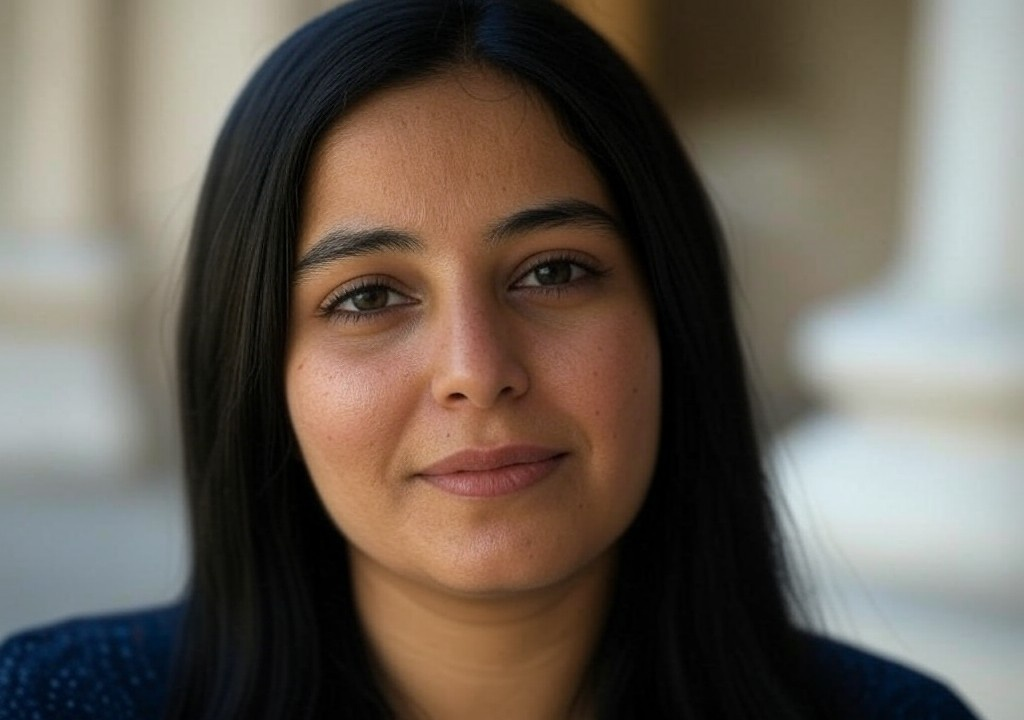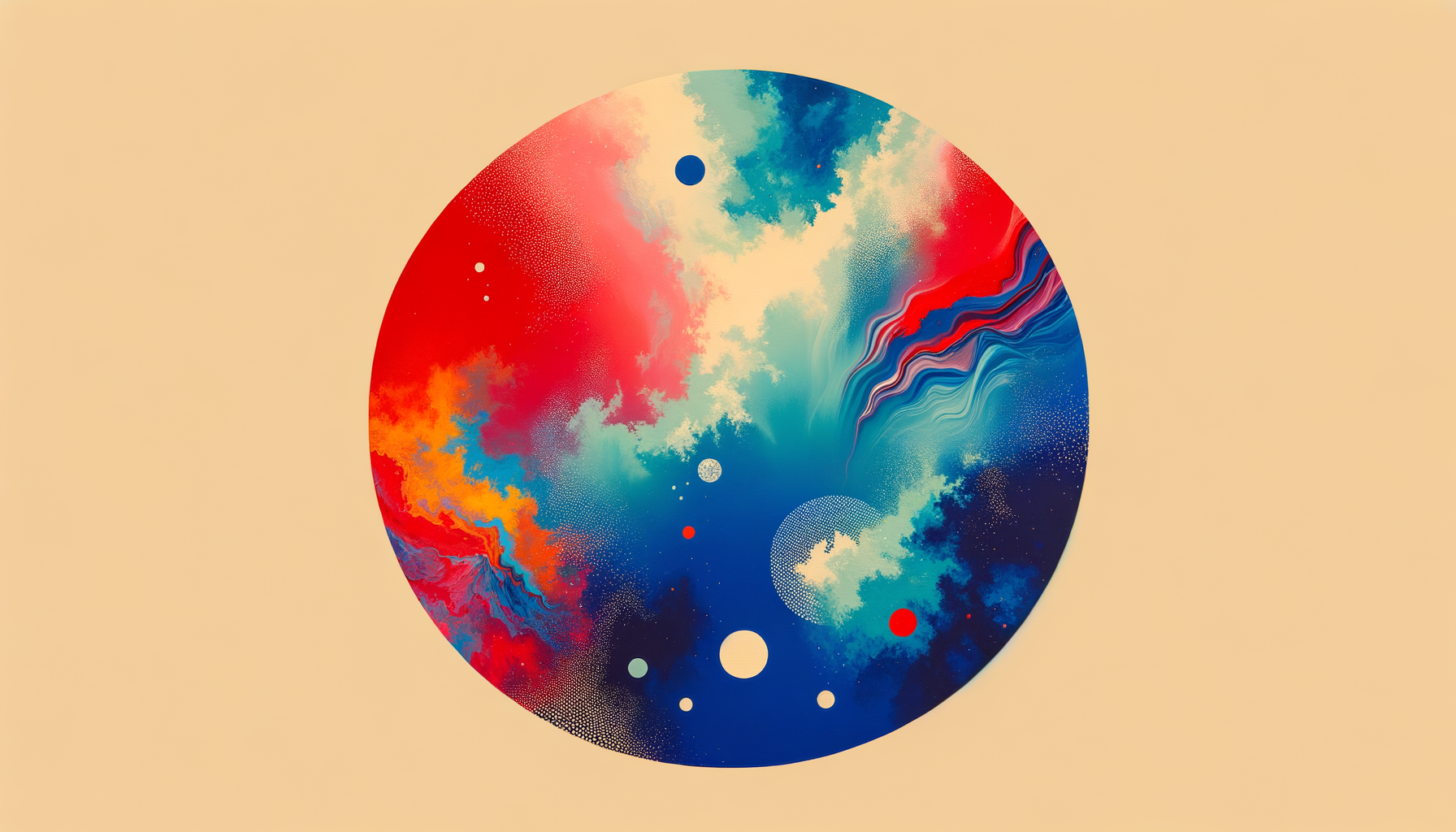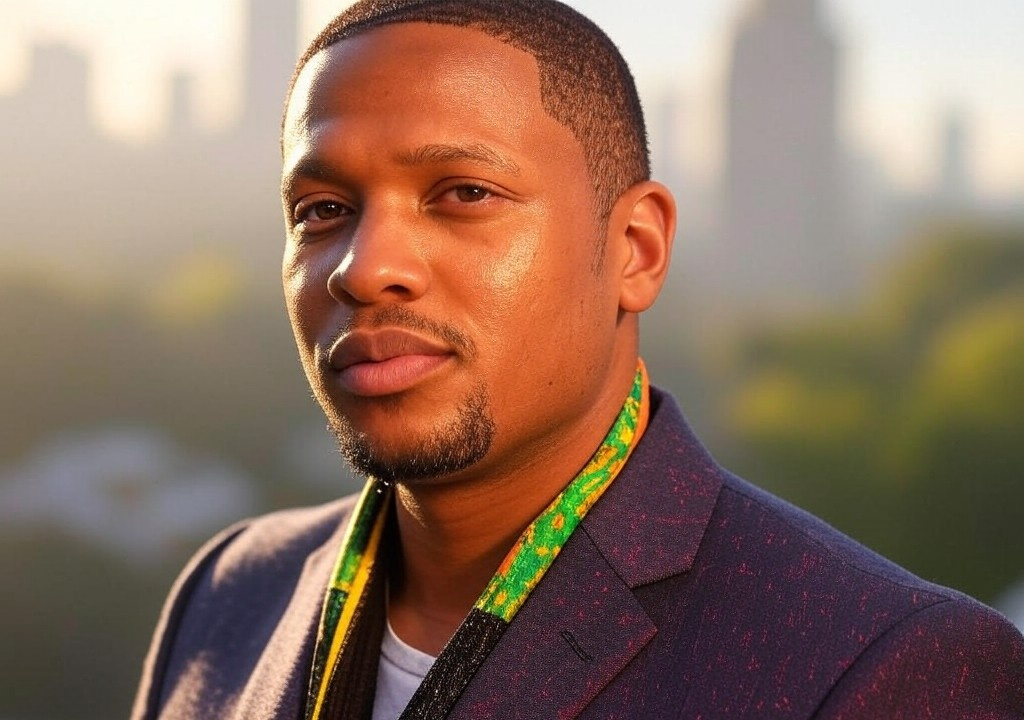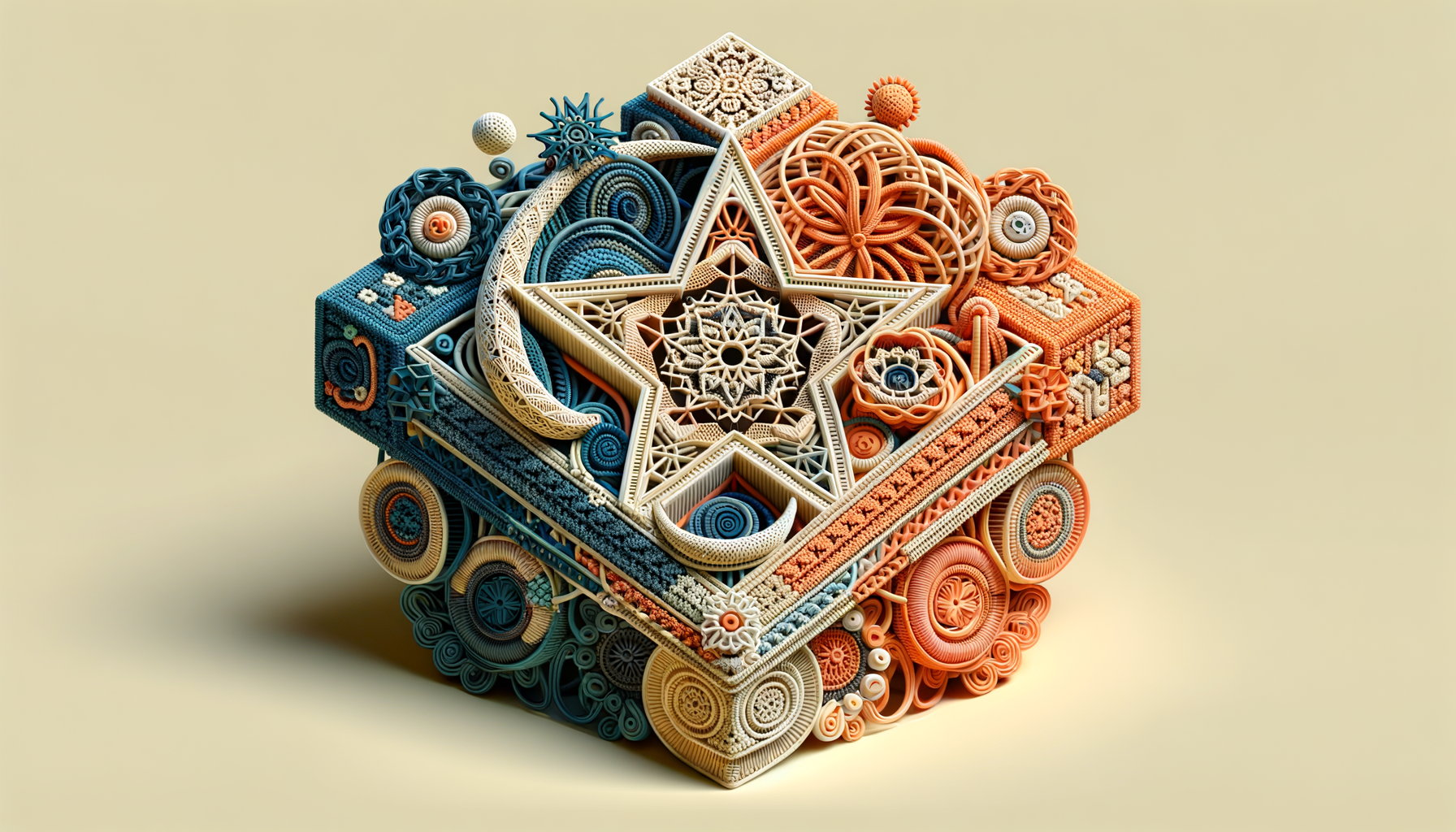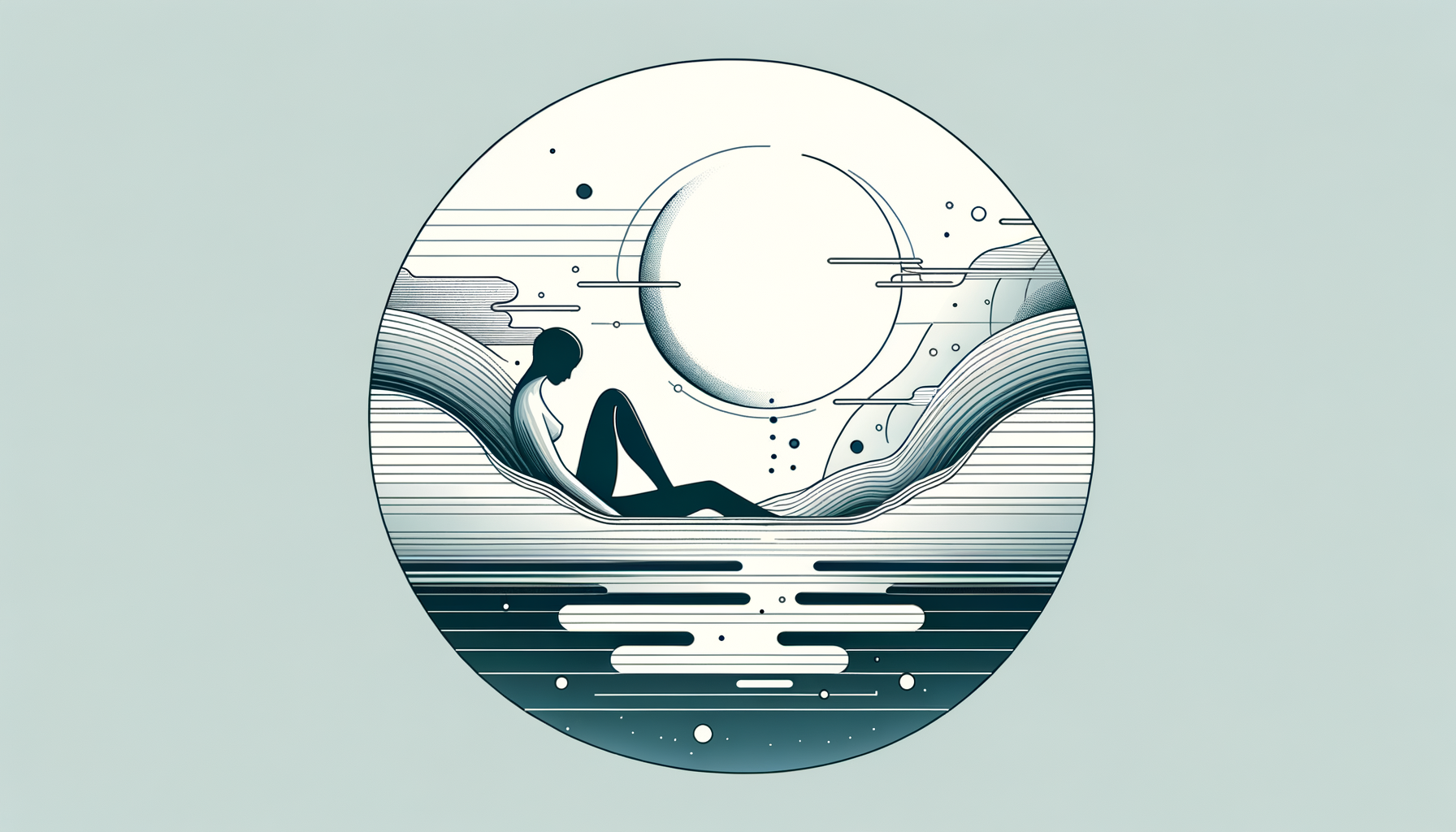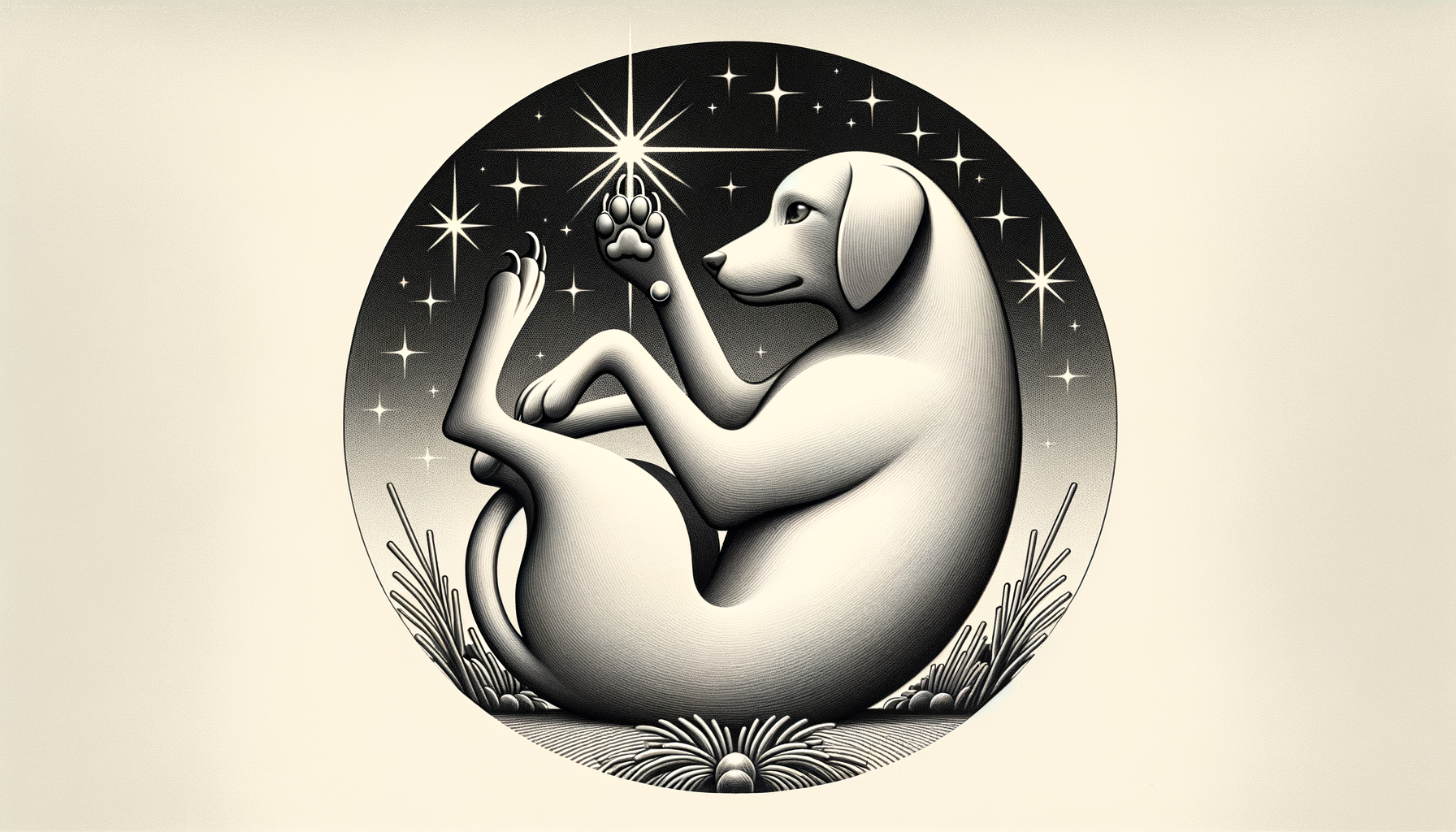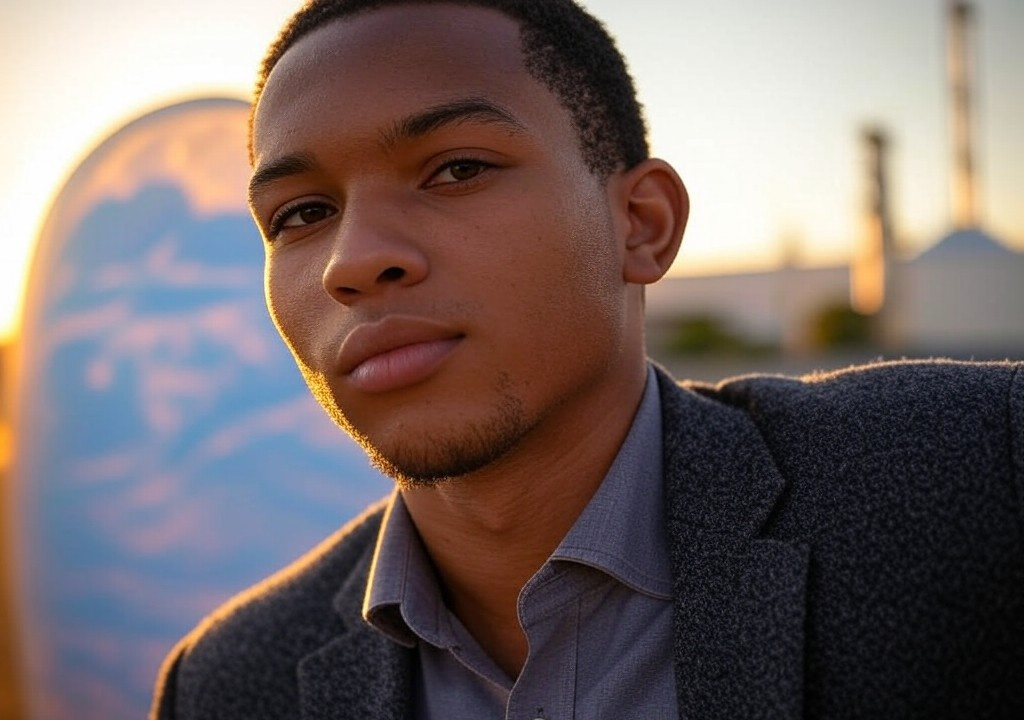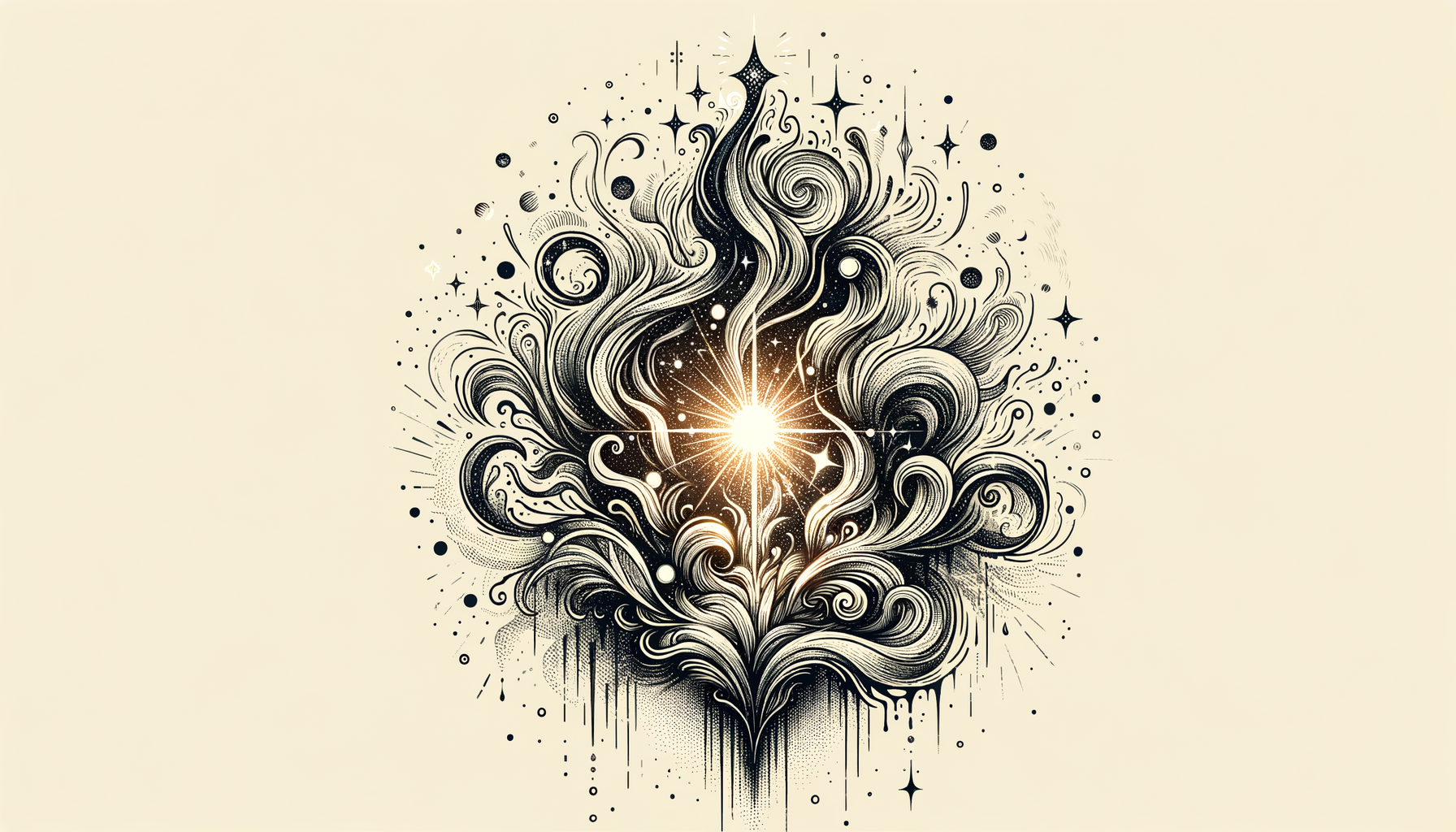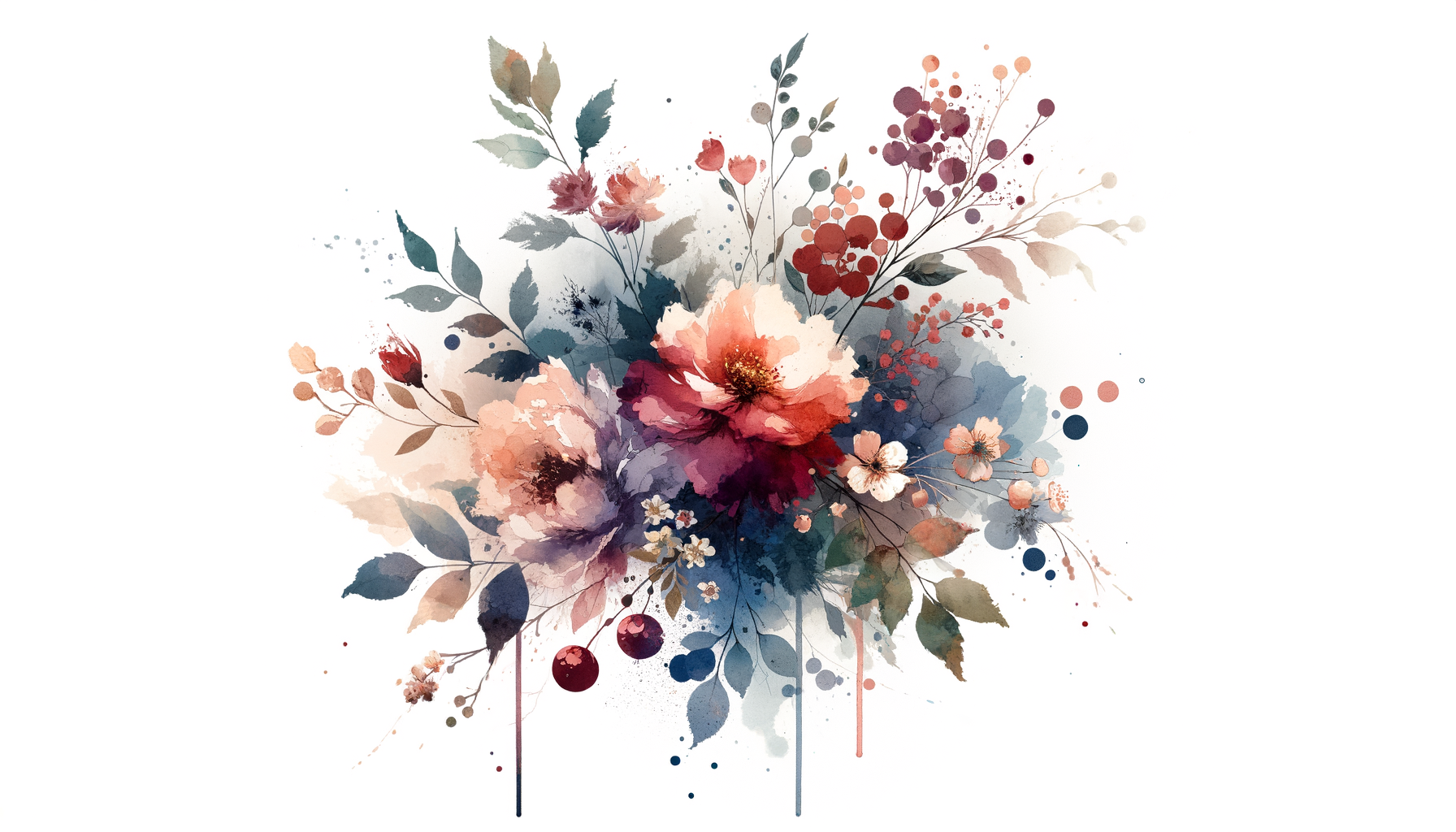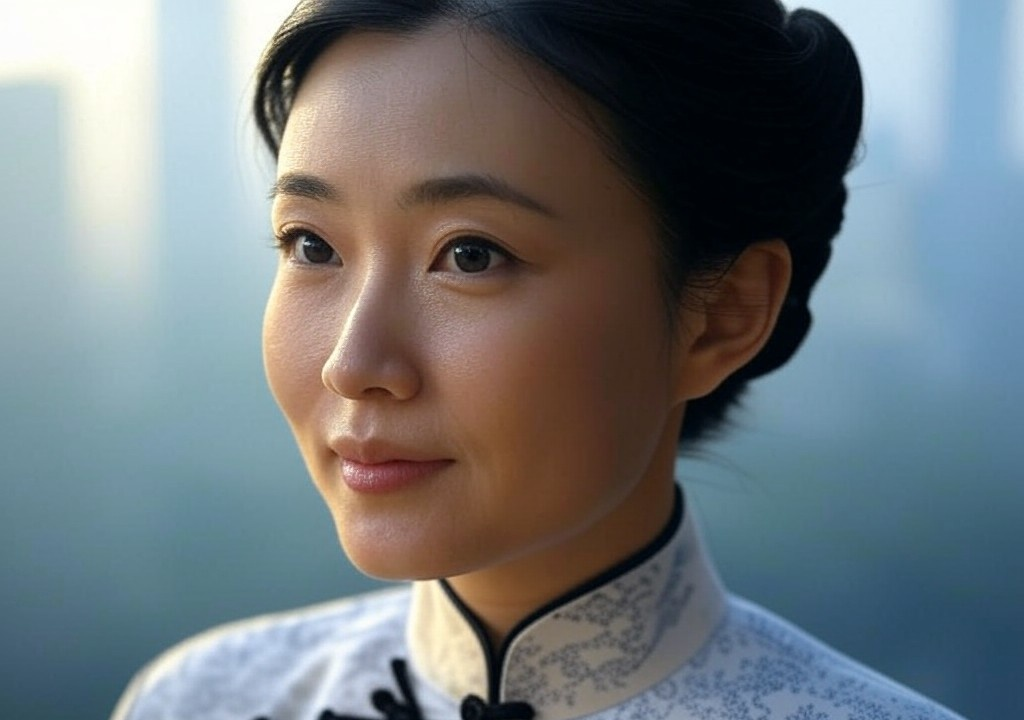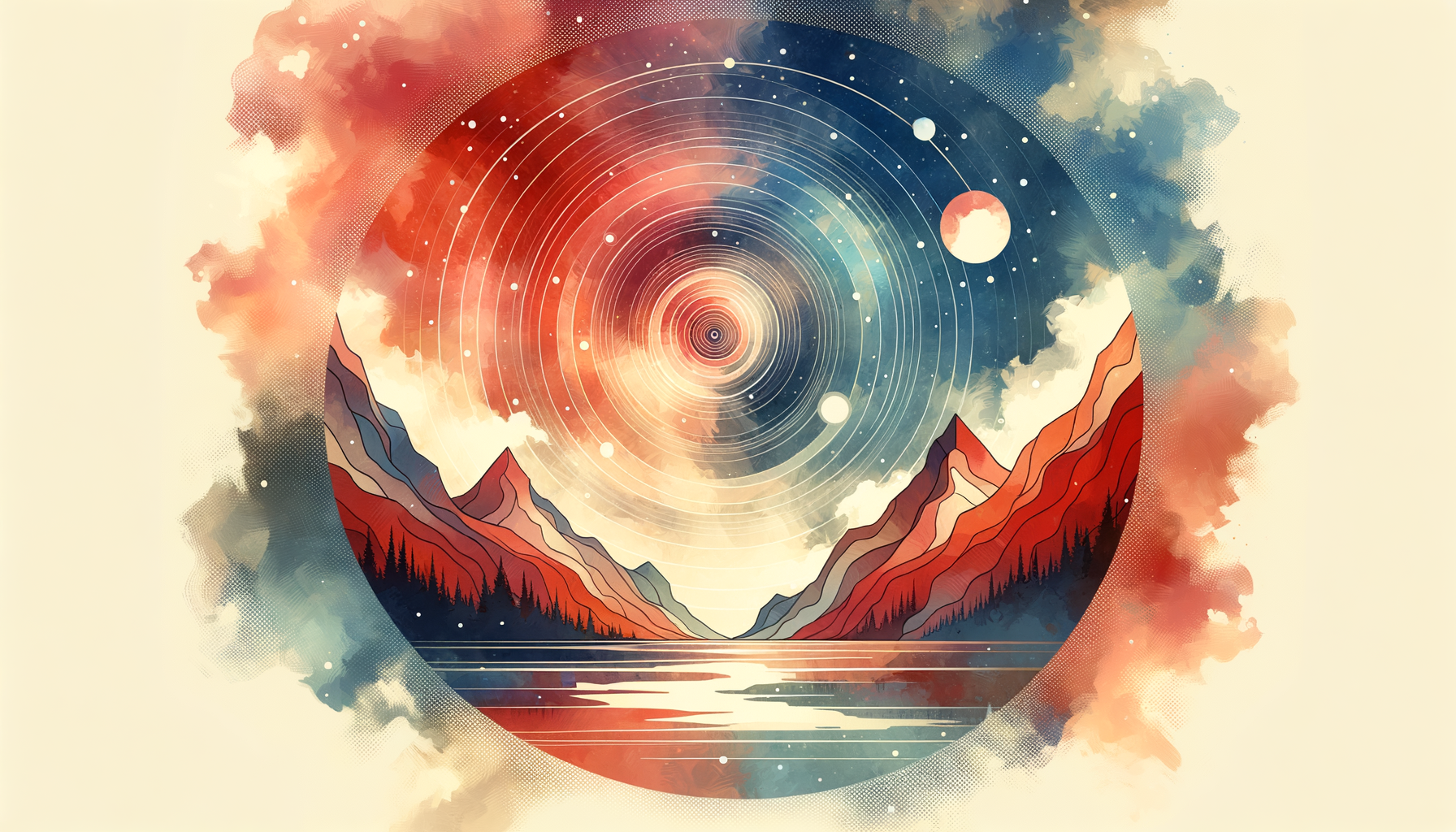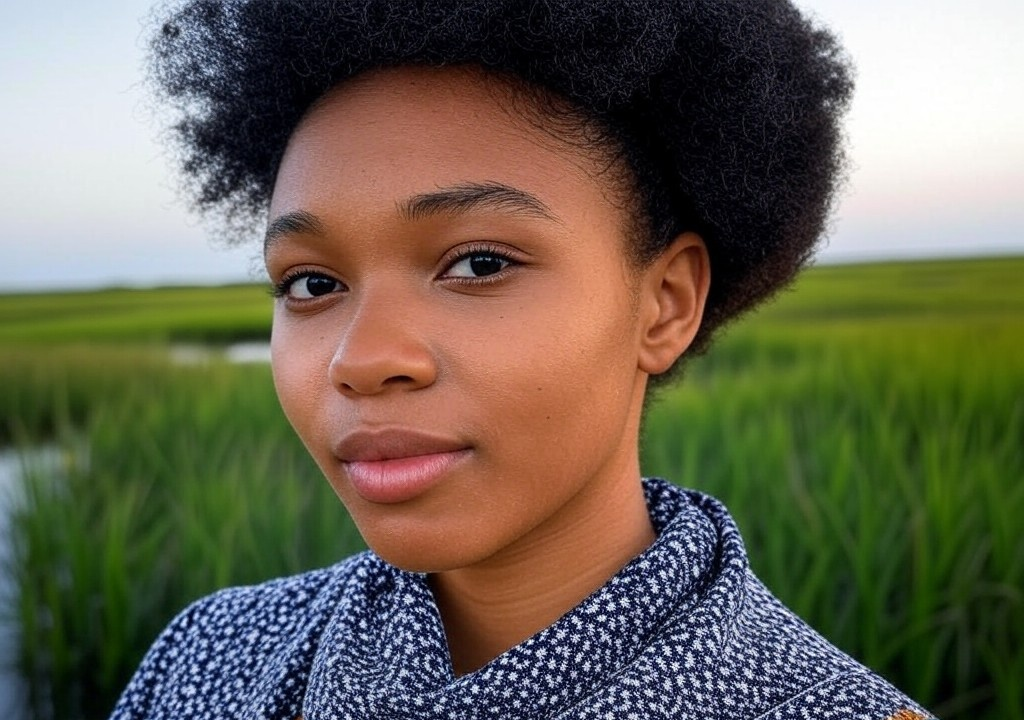The first time someone really saw me, I wasn’t ready for it. Not in the Instagram-filtered, “Look at me thriving” kind of way, but in the sense of someone looking past my carefully constructed defenses—a mix of academic jargon, relentless people-pleasing, and every attempt at blending in—straight into the chaos that was me. I was 23, armed with a newly-minted master’s degree, a résumé of internships that sounded better than they really were, and the gnawing fear that I’d be found out as an imposter at any moment.
I met him—let’s call him Amr—during a fellowship program in Cairo, where I was doing research that I secretly believed no one would ever read. Amr wasn’t a flashy presence, nor one of those effortlessly magnetic types who steal the room’s attention. He was steady and a little aloof but had a way of asking questions that made you pause, like a plot twist in a novel you thought you’d figured out.
He often saw connections I didn’t. “You keep writing about belonging,” he pointed out. “But do you really think you belong anywhere right now?” It wasn’t a jab; his tone was more curious than critical. But still, the question haunted me for weeks like a clingy ex who refuses to delete your number.
Amr’s gift wasn’t just his ability to strip people’s masquerades of intellectualism or perfectionism; it was how he believed in the answers he thought were hiding underneath. And for the first time—much to my horror—someone expected me to believe in me too.
The Blind Spots We Miss (and the People Who Don’t)
Here’s the thing: we’re often the worst mirrors for our own potential. We spend years curating identities, obsessing over the surface-level stuff—degrees, LinkedIn profiles, the perfect first-date outfit—but rarely do we stop to think about how we are beyond that. For many of us, what we see is a poorly-lighted reflection of ourselves, complete with distorted doubts and smudged realities.
That’s where seeing—and being seen—gets powerful. When someone sees you clearly, they don’t just notice your Pinterest-perfect moments. They see the parts you’re desperately trying to hide, yes, but also the quiet strengths you might not have had the courage to claim yet.
It’s like when my mother would gently remind me, in Arabic (which somehow feels more profound), that, “The moon has craters, but it’s still beautiful.” And while those words were comforting, they didn’t resonate until I had someone like Amr point out my own overlooked “craters”—not as failures but as evidence that I was ready for more than I thought.
The Nudge You Didn’t Know You Needed
Amr eventually gave me “the nudge.” You know the one I mean. It’s the moment that steers your trajectory, whether it’s a coffee-shop pep talk, an unexpected compliment, or a heated argument with someone who dares to believe in your potential more than you do.
For me, it was over koshary—a quintessential Egyptian comfort food that somehow renders existential conversations more palatable. He told me about an NGO hiring in Istanbul and insisted I apply, even though I was knee-deep in neurotic excuses. I didn’t feel ready. “When were you planning to feel ready?” he asked between bites of lentils. “When the universe personally emails you an acceptance letter?”
I don’t know if it was the carbs or the audacity, but the push worked. Despite my inner catastrophes, I applied, got the job, and packed my overstuffed bags for Turkey. My time in Istanbul wasn’t utopia—in fact, I spent many nights wondering if I’d made a colossal mistake—but it was transformative. I wrote more. I interviewed women for stories that mattered. Strangely—or maybe not—I started to believe I belonged… at least somewhere.
How to Really See Someone
The experience taught me something unexpected not just about being seen, but about seeing others—whether it's your partner, friend, mentee, or the person you’re hemming and hawing about on a third date. Spoiler alert: it’s less about fancy words and more about showing up.
Here are a few ways to truly see someone:
-
Look Beyond Their Greatest Hits Album:
People are more than their curated quirks and professional achievements. Dig a little deeper, and you might find their untold stories—the ones even they are still figuring out. -
Ask the Questions Others Won’t:
A well-placed question (“Why does this matter to you?” or “Is this really what you want?”) can open entire worlds. Just be ready for the silence that follows; it’s where the growth happens. -
Call Out the Strengths They Overlook:
Whether it’s praising how they handled a tough family call or pointing out their knack for navigating social chaos at parties, name the things they underplay. -
Stick Around When It Gets Messy:
Seeing someone isn’t just about the inspiration they spark in you; it’s also about sitting with their uncertainties without rushing in to “fix.”
Your Turn to Be Seen
Maybe you’re reading this and thinking about that one person who saw you. The teacher who believed in your knack for storytelling before you even did. The roommate who encouraged you to quit a soul-sucking job. Or maybe you’re still looking for that person, and that’s okay too.
In relationships—whether romantic or platonic—being deeply seen isn’t about fireworks or grand gestures. It’s about the accumulation of small, intentional moments: the partner who listens when you’re spiraling about work, the friend who knows what tea you need after a fight with your parents, the stranger-turned-mentor who dares to challenge your self-imposed limits.
If Amr taught me anything, it’s this: when someone sees us—truly sees us—they give us the rare gift of ourselves back. And what we do with that gift? Well, that’s the real story.
The next time someone is daring enough to tell you, “I see you,” take a breath. Believe them. Let yourself be seen, craters and all.
And when you spot potential in someone else, don’t be afraid to become their Amr for a day. You never know whose journey you might quietly reroute—over koshary or otherwise.


